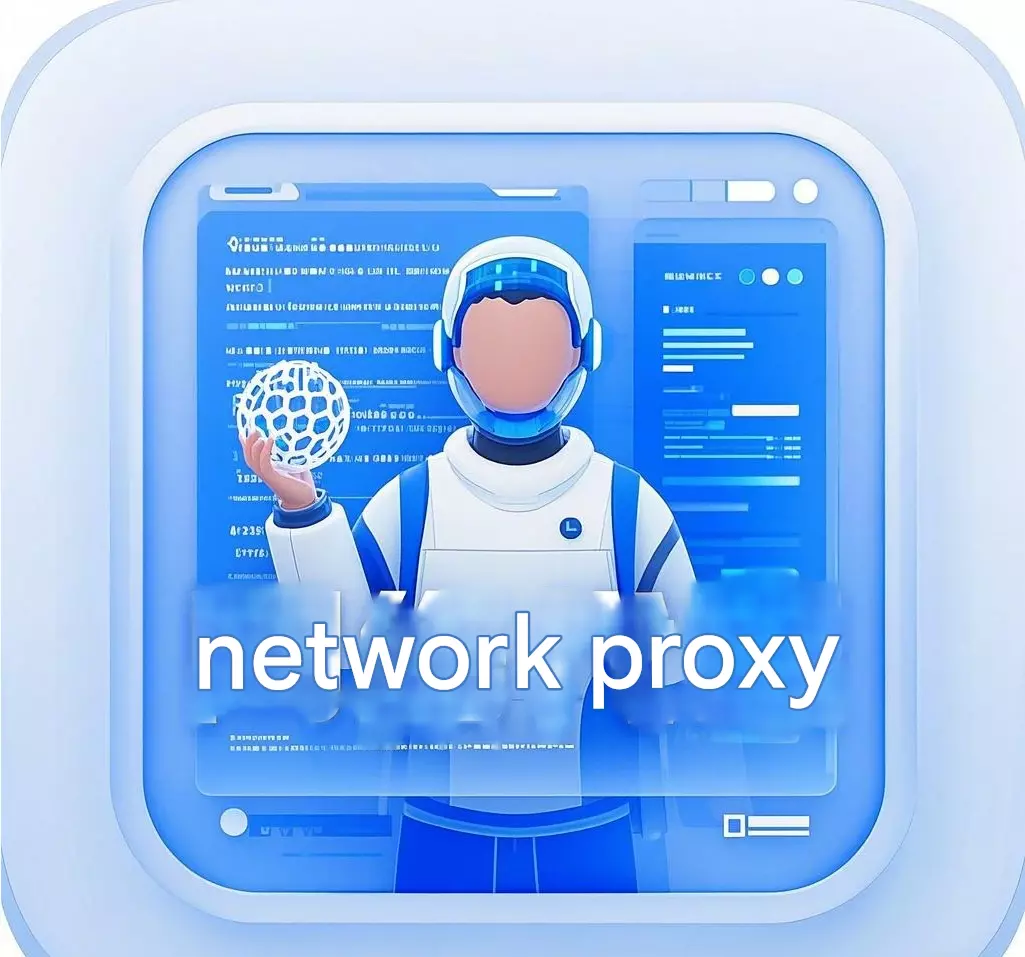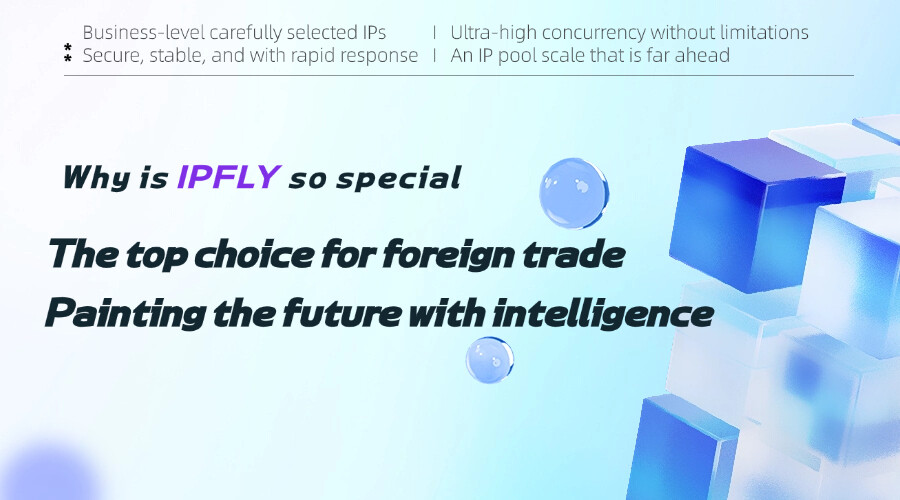When cross-border e-commerce enterprises need to bypass geographical restrictions to retrieve data, web proxies become a key tool. However, the reliability and security of many free proxy services in the market are always controversial.

I. Technical Classification and Operational Logic of Web Agents
1. Foundation Definitions and Core Functions
Web Proxy is a technical solution for relaying network requests through a third-party server, with core features including:
– IP Address Hiding: Replacing a User’s Real IP with a Proxy Server IP
– Protocol relay: Supports HTTP/HTTPS/SOCKS5 protocol relay transmission.
– Content Filtering: Some enterprise-level agents provide traffic cleaning and security detection.
2. Comparison of Main Types and Characteristics
| Type | IP Source | Typical Delay | Applicable Scenarios | Representation Program |
| Public Agent | shared IP pool | 200-800ms | Basic anonymous browsing | Free Proxy List Sites |
| Data Center Agent | Cloud Server IP | 50-150ms | High Frequency Data Acquisition | Business Agency Service Provider |
| Residential Agents | Home Broadband IP | 100-300ms | Anti-crawl avoidance | Dynamic Rotation IP Service |
| Mobile Agent | 4G/5G Base Station IP | 80-250ms | Mobile Application Testing | Operator Partnership Program |
Six Potential Risks of Free Network Agents
– Data Interception Risk: Free proxies may record user browsing history and sell the data for profit. Security Audit 2024 revealed that 78% of free proxies have unencrypted log storage issues.
– Device Fingerprint Exposure: Some agents do not fully hide device features such as User-Agent and Canvas fingerprints, which leads to the failure of user anonymity.
2. Security protection deficiencies
– Man-in-the-middle attack vulnerability: Tests found that 61% of free proxies do not have TLS 1.3 encryption enabled, making HTTP plaintext transmissions easy to hijack.
– Malicious code injection: A browser plug-in proxy service has tampered with web scripts and implanted mining programs on the client side.
3. Service stability issues
– High downtime: The average public proxy server is online for less than 4 hours, with a request failure rate of 43%.
– Bandwidth limitation: Free plans usually limit the number of single IP connections.
4. Compliance risk
– IP Pollution Liability: If the shared IP pool is used in a network attack, the user may be held jointly and severally liable for IP correlation.
Realization of the core value of professional agency services
1. Enterprise-level security architecture
– Encrypted transmission standard: AES-256-GCM encryption algorithm is adopted to realize forward secrecy in the key negotiation process.
– Traffic obfuscation technology: circumvents deep packet detection by masquerading as a normal video stream.
2. Intelligent Resource Scheduling
– Dynamic routing algorithms::
Core preferred path = delay coefficient × 0.6 + packet loss rate × 0.3 + geographic location matching × 0.13. Compliance
– Log Audit System: Complies with the requirements of Article 28 of the GDPR and provides configurable data retention policies (e.g., IPFLY’s 7-day auto-erase mechanism).
– Geo-fencing technology: Automatically masks access requests from high-risk areas to avoid violating export control regulations.
Evaluation Dimensions for Selecting Network Agents
Core Performance Indicators
| parameters | Foundation Requirements | Optimization Recommendations |
| Connection Success Rate | ≥85% | Selecting a multi-node redundancy program |
| Average Daily IP Updates | ≥1000 | Support for customized rotation rules |
| Agreed compatibility | Covering WebSocket | Authentication API Mapping Capabilities |
In the year 2025, when digital security threats are becoming increasingly sophisticated, web proxies have evolved from simple anonymization tools to critical components of an enterprise’s digital infrastructure. While a free solution may solve a temporary need, the potential risks may far outweigh the short-term benefits. Choosing a professional service with a well-established security system and intelligent scheduling capabilities (such as the IPFLY dynamic protection solution adopted by some enterprises) is the only way to achieve a true balance between privacy protection and business efficiency.


